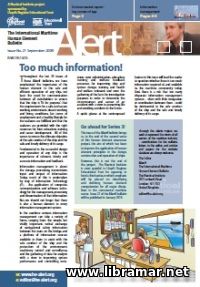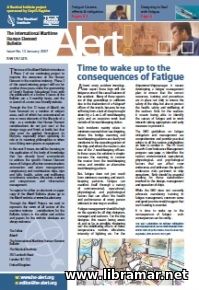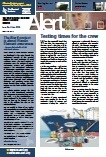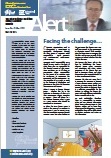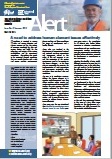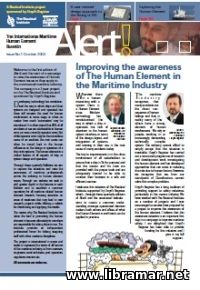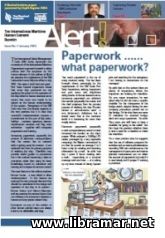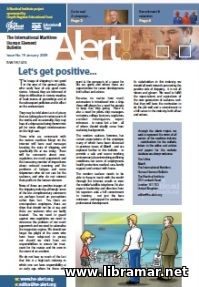
One more issue of the Alert. Nowadays, the image of the shipping industry in the eyes of the general society is not that good, rarely hearing any positive news. People are, instead, usually informed of the vessels in difficulties in stormy conditions, groundings and pollution of the surrounding environment.
They are commonly told about the maritime piracy taking place in some parts of the world ocean, ship masters jailed for misdemeanor etc. People who are familiar with the maritime internet resources read the articles berating the current state of the shipping industry, and the life at sea, in particular.
For sure, there will be numerous comments concerning the over-regulation, excessive paperwork and constantly increasing number of checks, reduced manning of ships, fatigue problems, owners not caring about the seafarers and not investing any part of their profits in the human element. It is not said everywhere that the maritime industry is a high-tech one, and that is because, regardless of the level of automation introduced into a vessel, there is always a need for human to keep that vessel operating.
These is also a demand for pilots and ship managers, marine surveyors, regulators and investigators of the accidents, experts and all other specialists, all of whom should better e coming from seafaring backgrounds. Use this short video as a supplement.
